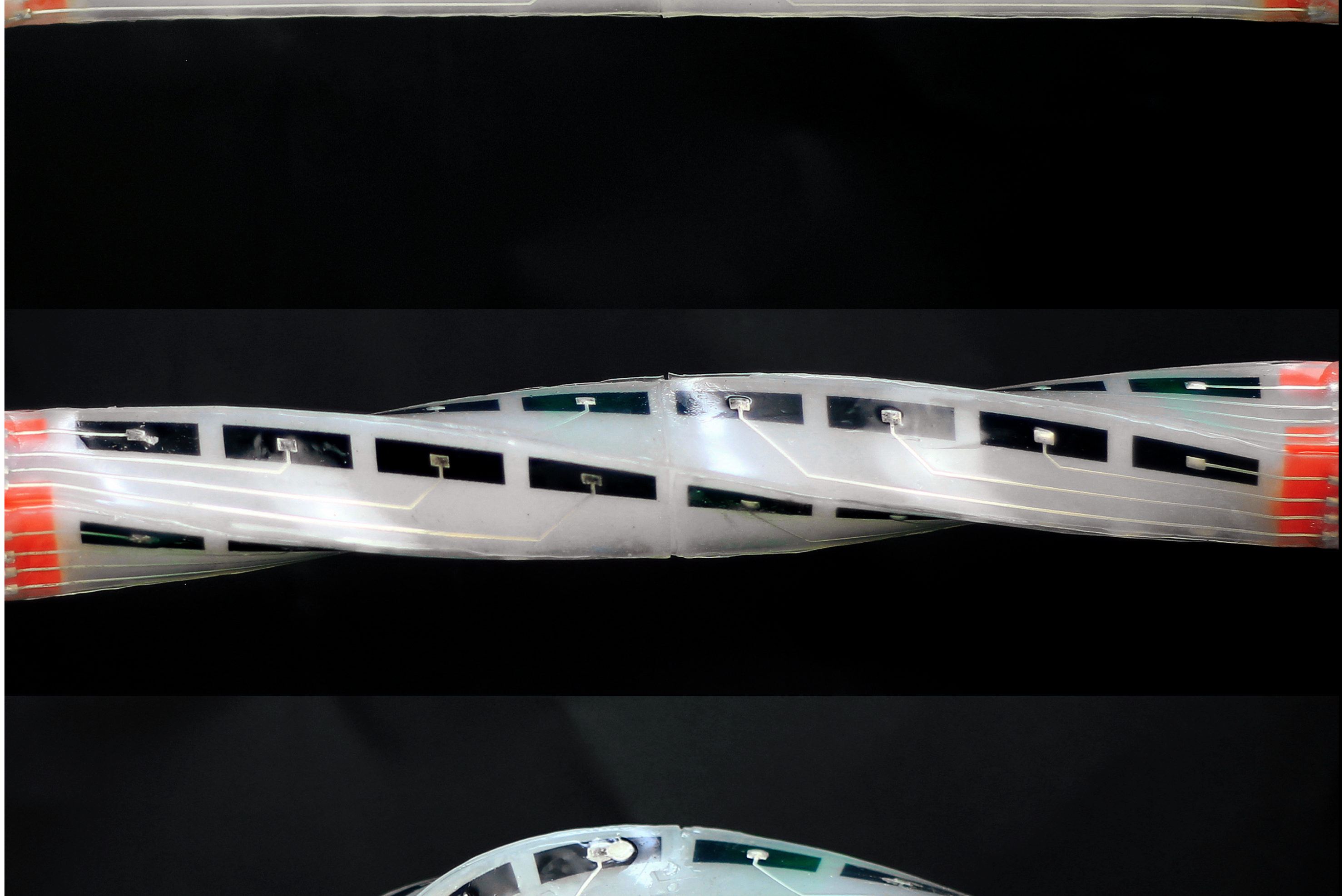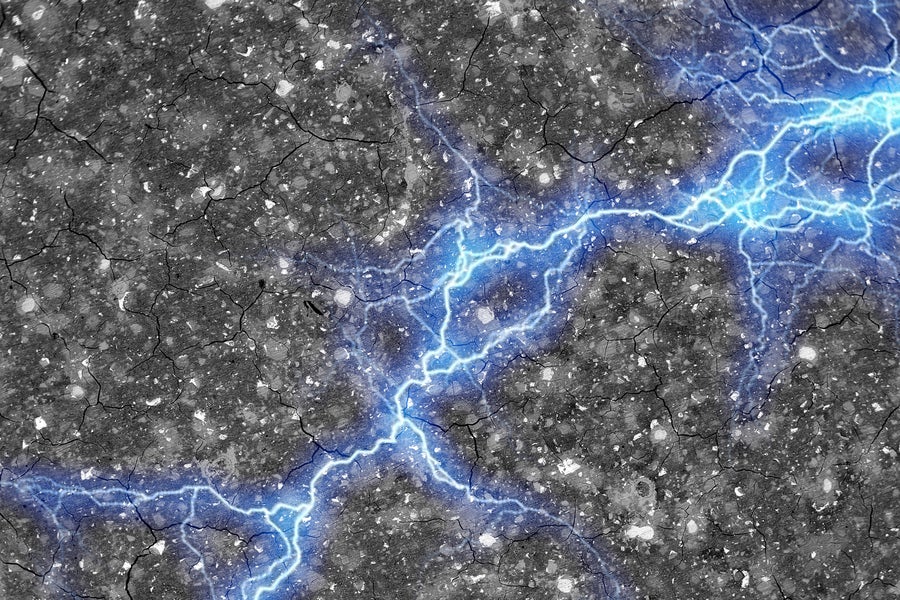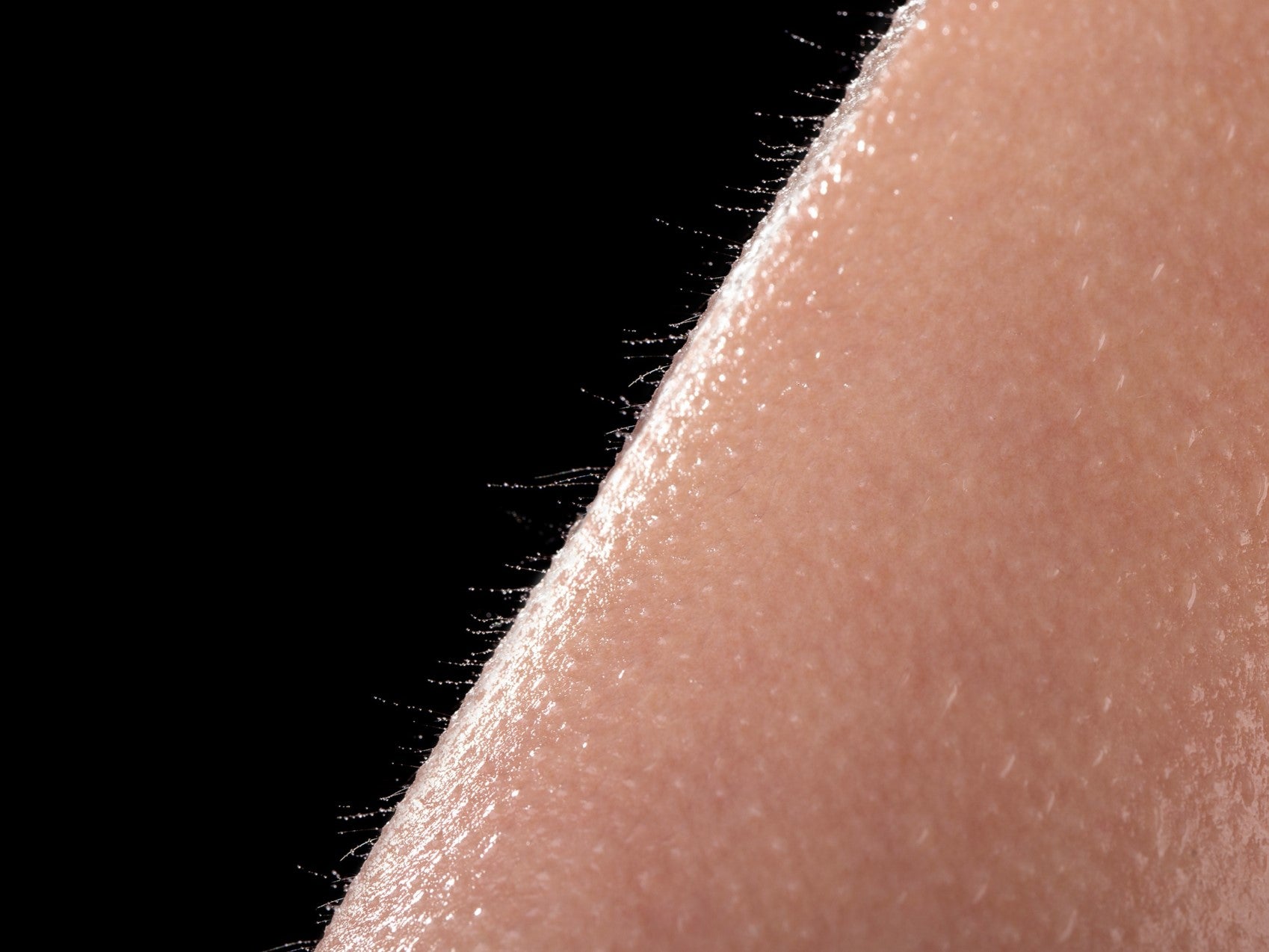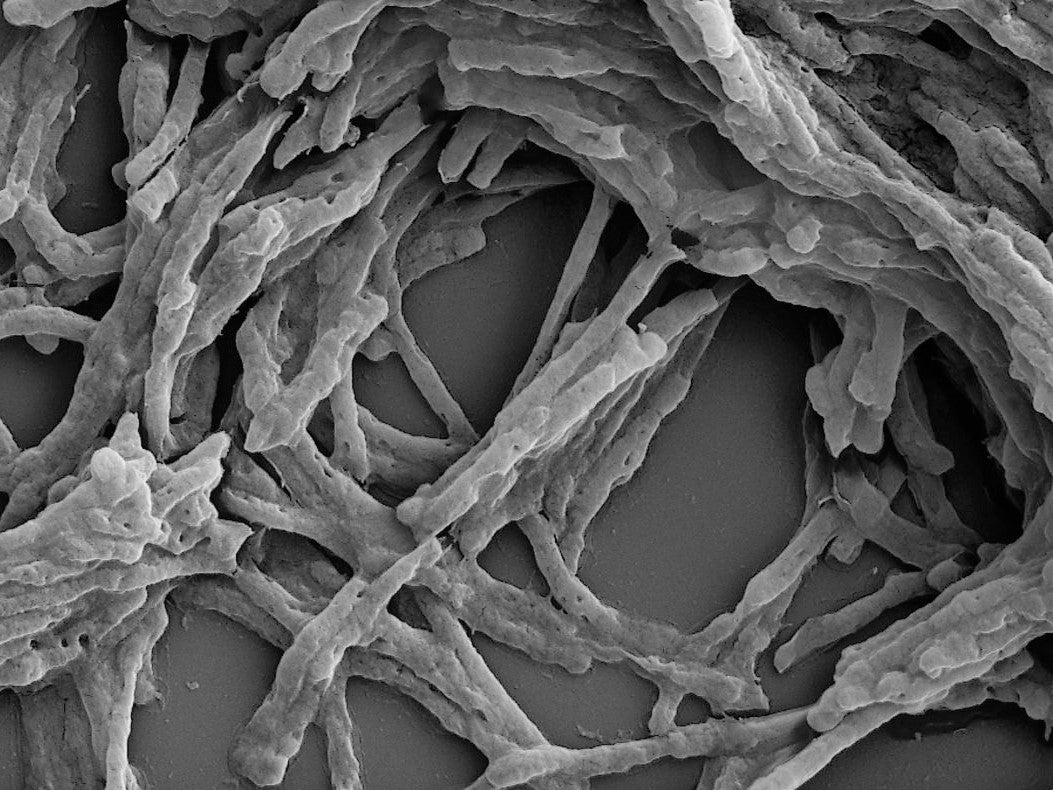Best inventions and discoveries of 2023: From robot skin to mind-reading caps
AI might have been headline news for much of the year but 2023 also witnessed a whole host of more practical – and game-changing – tech breakthroughs, writes Anthony Cuthbertson


If you ask Google’s AI assistant Bard what the best invention of 2023 was, it will tell you that it was Nasa’s Moxie Device: a technology that could “revolutionise” humanity by allowing us to produce oxygen on the Red Planet, thus making us what may be the universe’s first multi-planetary species. (In a characteristic mistake, Moxie wasn’t actually invented this year.)
If you ask for a top five of the best inventions, the chatbot will include an updated water filtration system, progress with nuclear fusion energy, new medical diagnosis tools and something called “single-cell metabolomics”, which could help with our understanding of disease development. It may be false modesty on the part of Bard, but there is no mention of artificial intelligence.
AI, or more specifically generative AI, has dominated the tech space over the past year, with tools such as Bard and ChatGPT provoking headlines that AI will be either our saviour or our downfall. But beyond their sudden popularity, there has been nothing that surprising or revelatory about generative AI – a technology that was first invented back in the 1960s.
While their capabilities are impressive, it has meant that many of the most impactful inventions and discoveries of 2023 have been overshadowed. So, taking the lead from Bard, The Independent has rounded up five of our favourite non-AI technologies to have emerged in the last year.
Reinventing concrete
Six thousand years after the first paved roads were invented, scientists are still figuring out ways to improve them. In July, a team from the Massachusetts Institute of Technology (MIT) and the Wyss Institute in the US came up with a way to turn roads into giant batteries.
Mixing cement with ancient ink allowed them to create a supercapacitor material that could supercharge our transition towards renewable energy sources. The MIT professor Admir Masic, who was involved in the research, said the material could be used to build homes and roads capable of storing energy.
“You have these at least two-millennia-old materials that when you combine them in a specific manner you come up with a conductive nanocomposite,” the professor said. “The material is fascinating because you have the most-used, man-made material in the world – cement – that is combined with carbon black, that is a well-known historical material – the Dead Sea Scrolls were written with it.”

The mixture could be used in the concrete foundations of a house to provide an entire day’s worth of energy without adding any additional construction costs. Concrete roadways could also potentially be adapted to provide contactless recharging for electric cars as they travel.
A mind-reading cap
Brain-computer interface technology has been the subject of millions of dollars of investment in recent years, with Elon Musk’s Neuralink claiming that it will herald a new era of humanity. Researchers around the world have already demonstrated techniques to link humans directly to machines, however until now, all advanced systems have involved either cumbersome MRI scans or invasive procedures through the ear canal, nose or skull.
In December, scientists and engineers from the University of Technology Sydney demonstrated a mind-reading cap capable of non-invasively decoding thoughts into text for the first time.
“This research represents a pioneering effort in translating raw electroencephalogram waves directly into language, marking a significant breakthrough in the field,” said CT Lin, a professor involved in the research. “It is the first to incorporate discrete encoding techniques in the brain-to-text translation process, introducing an innovative approach to neural decoding.”

The first people likely to benefit from the technology are those unable to speak due to illness or injury. However, future versions could allow anyone to communicate with computers just by thinking.
Robot skin
Humanoid robots are capable of outperforming actual humans in plenty of tasks these days. Boston Dynamics’ Atlas can backflip, do parkour and perform feats of strength that are so impressive that it almost looks like CGI. Others embedded with advanced AI can calculate and reason in ways that far exceed human capabilities. But one thing they are still lacking compared to their flesh-and-blood counterparts is the ability to feel – until now.
Earlier this year, scientists from the University of Edinburgh invented an electronic skin that gives robots a sense of physical self-awareness for the first time.
“The perceptive senses endowed to robotic devices by this new technology are similar to those of people and animals,” said Dr Yunjie Yang of the university’s School of Engineering. “This new level of physical self-awareness represents a step-change in the sensing capabilities of soft robots.”

This development was followed up by a new type of artificial skin that can feel things humans can’t. A team from Nanyang Technological University in Singapore said the new skin went beyond human senses by obtaining “rich cognitive information encoded in touchless or approaching operations”.
It’s not only robots that will benefit from these new technologies – the electronic skins could be used in prostheses to offer amputees new ways of feeling and sensing objects.
Making electricity out of thin air
Ever since nuclear fusion ignition was demonstrated for the first time last year, the next-generation energy source has been heralded as one of our best hopes for transitioning away from fossil fuels in time to avoid a climate catastrophe. But researchers from Monash University in Melbourne, Australia, may have found another way to unlock a near-limitless source of clean energy.
The scientists discovered that a hydrogen-consuming enzyme found in common soil bacteria could generate an electrical current using the atmosphere as an energy source.
“We’ve known for some time that bacteria can use the trace hydrogen in the air as a source of energy to help them grow and survive, including in Antarctic soils, volcanic craters, and deep in the ocean,” said Professor Chris Greening from Monash University’s Biomedicine Discovery Institute. “But we didn’t know how they did this, until now.”

After finally figuring it out, the researchers said the enzyme, called Huc, has proved to be “astonishingly stable” and remarkably efficient at creating “energy from thin air”.
Storing all data forever
In 1977, Nasa launched two golden records into deep space, each containing music, sounds and images selected to offer aliens an idea of what life is like on Earth. Nearly 50 years later, scientists have figured out how to condense nearly all human knowledge and creative endeavours into a single palm-sized device.
Unveiled by the German startup Cerabyte earlier this month, the “revolutionary” data storage system is capable of storing 10,000 terabytes (TB) in a ceramic cartridge. This capacity is roughly the equivalent of 2.5 million movies – four times more than all the films listed on the Internet Movie Database. Including other media, it would be conceivable to fit every song on Spotify and every book on Amazon onto the device with room to spare.

Fortunately, the capacity is not compromised by fragility. Any data stored on the huge hard drive can survive temperatures ranging from -273°C to 300°C, while also being resistant to radioactive and acidic environments.
There are no plans to send it into space, but should anyone choose to do so, it would be the ultimate message in a bottle.
Join our commenting forum
Join thought-provoking conversations, follow other Independent readers and see their replies
Comments
Bookmark popover
Removed from bookmarks